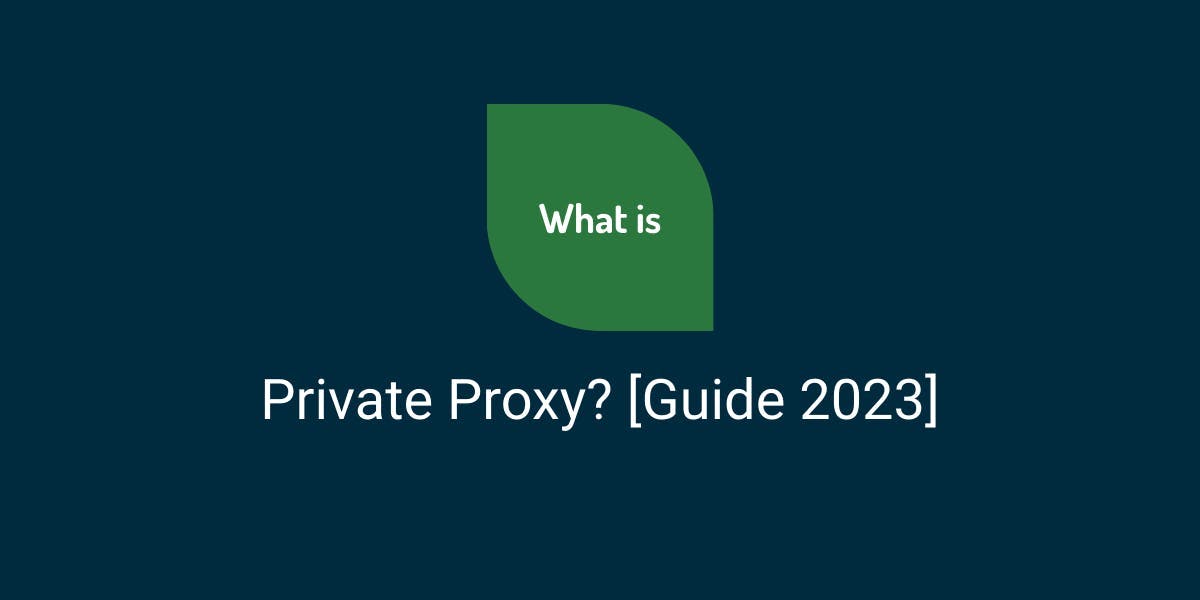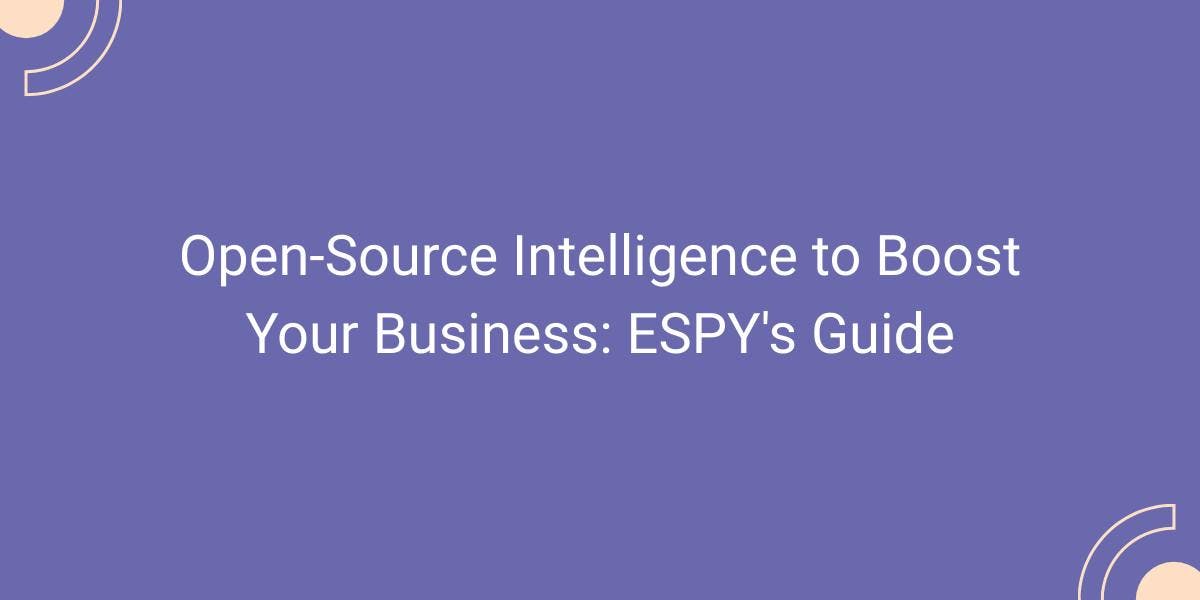What is MAP Monitoring?
Flipnode on Apr 21 2023

MAP monitoring involves closely monitoring product prices across various digital channels to keep track of market fluctuations. For any brand, manufacturer, or supplier, their reputation is of utmost importance. So, how does MAP monitoring relate to this? Well, selling products at the lowest price on e-commerce marketplaces can potentially harm the supplier's brand image. This is precisely why MAP monitoring is crucial.
To understand the importance of MAP monitoring, let's revisit what Minimum Advertised Price means.
What is MAP (Minimum Advertised Price)?
As an expert SEO copywriter, I would rewrite the passage as follows:
In the retail industry, MAP (Minimum Advertised Price) refers to the minimum price that a retailer must sell a manufacturer's product for. For instance, if a manufacturer sets the MAP for a cup at $50, any retail company selling that cup must price it at or above $50, as violating the MAP policy can have serious consequences.
The primary reason for setting MAP agreements is to maintain a consistent advertised price for the same product across various outlets. This helps to ensure that retailers compete on other aspects like service quality and customer experience, rather than solely on price.
Why do retail suppliers need MAP monitoring?
When it comes to Minimum Advertised Price (MAP), it's not just about the price point itself. Rather, setting a MAP plays a critical role in maintaining a brand's reputation and ensuring fair competition across all distribution channels.
There are several reasons why companies put MAP agreements in place, including:
- Protecting the brand image
- Ensuring fair competition across all distribution sources
- Allowing smaller manufacturers to compete with larger suppliers
- Safeguarding seller margins
- Preventing underpricing
As brands closely monitor compliance with MAP policies, retailers become more accountable for adhering to the agreement. This is why it's essential for every CEO to consider implementing MAP violation monitoring to uphold the integrity of their brand and promote fair competition.
Why do retailers violate MAP agreements?
In an ideal world, retailers would agree to Minimum Advertised Price (MAP) policies and adhere to them. However, in the fiercely competitive e-commerce environment, this is not always the case.
There are two main reasons why retailers may violate MAP policies:
- Competitive pressures: Retailers may feel the need to lower prices to stay competitive in the market.
- Supply chain leaks: Unauthorized resellers may sell products below the established MAP, which can lead to other retailers also lowering their prices.
Either way, violating MAP policies can harm the supplier. If retailers advertise products below the established MAP, consumers are unlikely to blame the retailer; instead, the supplier's brand takes the brunt of the blame. This inconsistency in pricing can damage the brand's reputation, and rebuilding trust requires much more effort than simply monitoring MAP violations.
How does MAP monitoring work?
Monitoring compliance with Minimum Advertised Price (MAP) policies can be done in two ways: manually or automatically. While some companies might choose to track MAP compliance manually, automating this process has significant advantages. Let's explore both options:
Manual MAP Compliance Checks
In order to ensure compliance with MAP policies, manufacturers have to go through multiple steps. Depending on the policy terms, the process may include:
- Identifying all the sellers and checking their advertised prices
- Contacting and warning any violators
- Rechecking to see if the violators have changed their advertised prices
- Following up with sellers who have not taken action
- Issuing a final warning
Even for smaller companies working with only a few retailers, manually monitoring even a small number can be time-consuming and requires significant effort. Furthermore, this process is ongoing, with advertised prices requiring constant monitoring to detect any possible MAP policy violations.
Automated MAP Monitoring
To automatically track compliance with MAP policies, e-commerce companies use price monitoring software or data extraction tools. These tools automatically gather e-commerce pricing data and deliver it as needed.
Price monitoring tools automate the following processes:
- Providing a list of sellers that offer your products or services
- Displaying the price of your goods or services on each marketplace
- Flagging any prices that violate your MAP policy
Automation enables the creation of a stable and reliable price monitoring process and is a more efficient solution than manual monitoring. If a person can only check prices across sellers once a day, these special tools can deliver this information much faster and with greater accuracy.
Conclusion
In this article, we have emphasized the significance of monitoring Minimum Advertised Price (MAP). To summarize, MAP monitoring plays a crucial role in maintaining positive relationships between brands, manufacturers, and authorized resellers while identifying unauthorized sellers and potential MAP policy violations.
MAP agreements are essential for upholding brand reputation, promoting fair competition, and creating an equitable market environment for brands of all sizes. Violating MAP policies can damage a brand's reputation by creating price confusion for consumers.
Monitoring MAPs involves checking product prices across numerous channels. While some companies prefer manual MAP monitoring, this approach is inefficient. Automated price monitoring tools enable companies to gather vast amounts of pricing data from various e-commerce marketplaces quickly and accurately.



